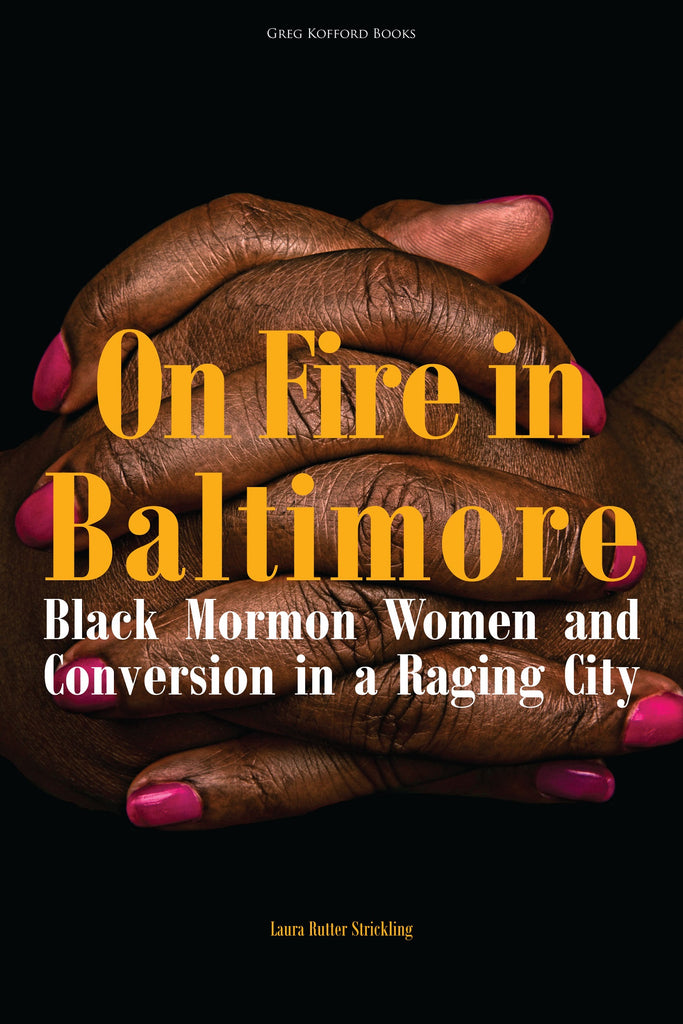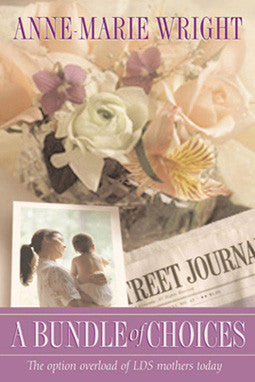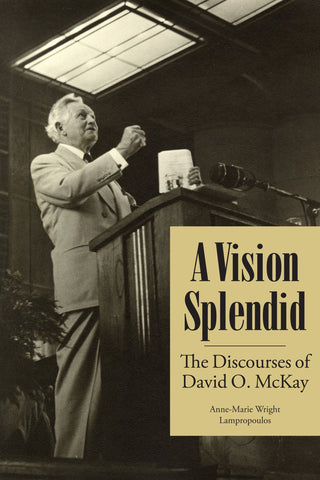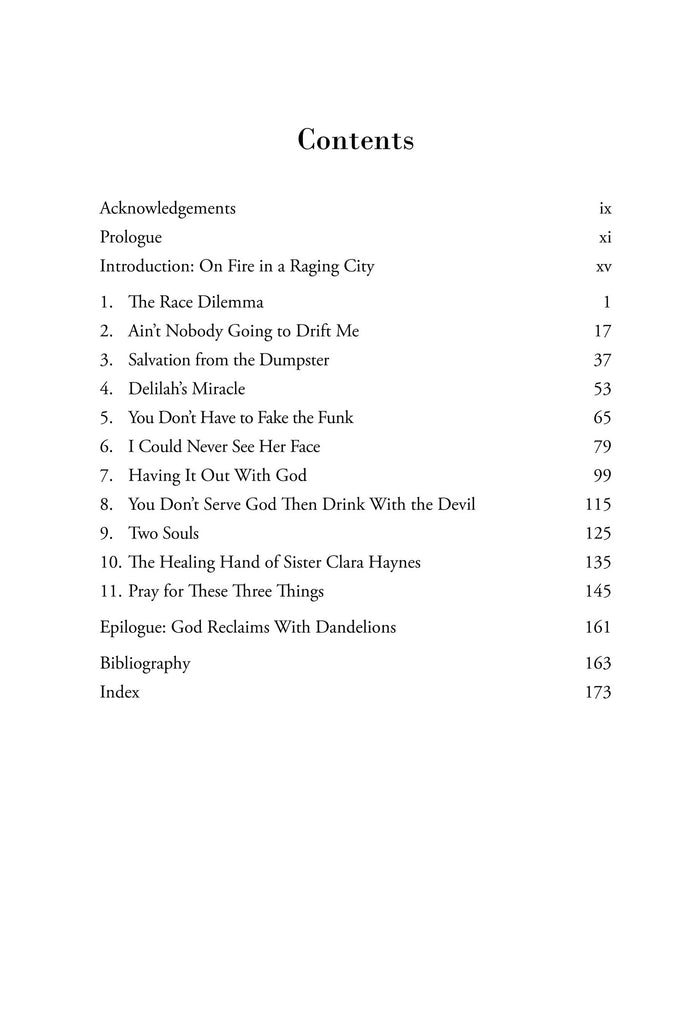On Fire in Baltimore: Black Mormon Women and Conversion in a Raging City
$20.95
- “The Baltimore women who shared their stories for this volume have given us a gift. . . . From plain-spoken theodicy to unflinching assertions on faith, here are riches that you won’t want to miss.” — Kate Holbrook
- “Magnifies the universal human yearning for inclusion and redemption.” — Segullah
- “I truly enjoyed every moment of this book and highly recommend it to every member and nonmember alike. It truly is one I will come back to read again.” — Honest Mormon Mama
- “A compelling book that encourages readers to consider the forgotten and the overlooked.” — BYU Studies Quarterly



Available in ebook for Kindle, Nook, Kobo, Google Play, and Apple.
Also available through Amazon, Deseret Book, and other retailers.
Download a free sample preview.
Book Description:
On Fire in Baltimore is more than just the personal stories of Black women who converted to Mormonism. Against the background of a city known for its racial and economic inequality, these devout women of color tell stories of drug addiction and rape, of nights spent in jail and days looking for work, and of single motherhood and grief for lost children. Yet, their stories are also filled with visitations from heavenly beings, dreams of deceased mothers, protection from violence, and missionary messengers. They share how they reconcile their membership in a historically White church that once denied them full membership because of their race. Laura Rutter Strickling takes the reader on an intimate journey where Black and White racialized lives meet, where she is compelled to question how her own whiteness has impacted her perspective, and where an unquenchable spiritual fire burns bright in a raging city.
AuthorCast Interview with the Author:
Comprehensive Table of Contents:
.
Acknowledgments
Prologue. Mormons: The Farthest Thing Away from the Black Experience?
Introduction. On Fire in a Raging City
Author’s Note
1. The Race Dilemma
The Racialization of the Home of the Free
Black Stains on a White Shirt
Ruth
2. Ain’t Nobody Going to Drift Me
3. Salvation From the Dumpster
4. Delilah’s Miracle
5. You Don’t Have to Fake the Funk
6. I Could Never See Her Face
Sheera’s Friend, Harriet
Sheera’s Cousin, Sarah
Sarah and Her Sister, Rachel
7. Having It Out with God
8. You Don’t Serve God Then Drink with the Devil
9. Two Souls
10. The Healing Hands of Sister Clara Haynes
11. Pray For These Three Things
Epilogue. God Reclaims with Dandelions
Notes
Bibliography
Index
Q&A with the Author:
.
Q: Will you give us a little background into your formal education and how it relates to this book.
A: I received an undergraduate degree from Brigham Young University way back in 1977, then, twenty years later, completed post-baccalaureate work in Spanish at Augusta State University. In between this time, our family of six lived in southern Spain for seven years where the kids attended Spanish schools in Rota, across the Bay of Cádiz. Later, back in the States, I taught high school Spanish in North Carolina until our four kids left home, then went on to do graduate work. I received an M.A. from the University of Maryland Baltimore County in Intercultural Communication, and a Ph.D. in Sociocultural Linguistics. My doctoral research focused on the impact of educator's attitudes toward students who speak African American English, and I developed a model that explains the process of reframing a linguistic mindset. This model shows that standard language ideology (in this case, the belief that Black English is poor English, instead of a language variation) is not easily modified, but requires incremental training, and the implementation of linguistically aware practices followed by analysis. I also completed a two-year post-doctoral position in Urban Education in Baltimore where we evaluated the efficacy of Turnaround interventions in low performing schools. In terms of writing On Fire in Baltimore, my academic preparation provided me with an interdisciplinary theoretical foundation regarding language, race relations, and intercultural difference; and living in the city provided me with day to day experience in an interracial neighborhood.
Q: How did this study come together and what were your goals with it?
A: Well, come together is probably a good description because it implies a process. Qualitative research can be fluid and take on twists and turns as the research unfolds. I began a study focused on recording the life and conversion of the African American women in my congregation—an endeavor that spanned over ten years and resulted in twenty-five recorded interviews and four hundred pages of transcription. But the interviews were more than data collection; they opened the door to sisterhood and sojourn into the Black community. Sitting side by side in their living room or at the kitchen table, these women would draw me into their narrative with Black vernacular, laughter, and tears. More than once I would find myself holding their hand as their eyes welled up from painful memories or smiling at their sarcasm as they described a family member. And my association did not end with the interviews; the women would invite me to family celebrations and birthdays or ask for rides across town to pick up prescriptions. They would call me out of the blue because they “had a feeling,” then tell me another story about their lives. These church sisters also let me know that they were interested in my work. “How are the stories coming?” some would ask as they passed me in the church halls. “We are praying for you,” they would tell me as the unfinished book advanced from months to years.
But our time together was not always easy; sometimes there were tense moments that were difficult to navigate. Sometimes I would find myself in a racialized snare that I could not resolve by intuition. A feminist theoretical approach obligated me to be mindful of these emotions and enabled me to adopt a reflective process aimed at exposing my biases and questioning my responses. It provided me with the theoretical underpinning to acknowledge that, as a researcher, I would naturally affect the research I do, but also, in the process, I would be affected by it. Keeping this in mind, I documented the evolution of my thoughts as I interacted with these Black women and as I attempted to peel back the layers of my racialized assumptions.
Q: You mentioned that what began as a linguistic study quickly turned into racially-entangled conversion narratives. Can you explain that a little further?
A: What I’m saying is that intersectionality became clearer to me. By intersectionality, I mean that socially constructed categories such as, race, class, and gender-hierarchy interrelate and come together to impact the degree of marginalization or healthy acceptance into a society. You cannot separate these Black women’s marginalized lives from their conversion stories. For example, Delilah talks about “the worst time in her life” when her husband pushed her to the floor, then held a gun to her head. After that, he beat her up, so she left him. Alone and without food for her children or electricity for the house, she went to her Baptist Church seeking help. Instead of help, she ended up losing twenty dollars. In anger and without resources, she yells at God, telling him that she would not go to church anymore—God would have to send a church to her. A few days later, she says “two White boys came knocking at my door, and I wondered, what are these White boys doing in this Black neighborhood?” Delilah says that her life changed after baptism into the Church of Jesus Christ.
But once Black women join the Latter-day Saints, they also have to reconcile that the Church denied them full access to full membership before 1978. Their membership was yet another layer of marginalization. The women in On Fire in Baltimore each have their own way of explaining the reason for this lack of access. Delilah, for example, researched the story of Black Mormon pioneer, Jane Manning James, and found comfort in Jane’s fortitude.
Q: Can you provide one or two specific examples from the book of stories that stood out to you in particular?
A: Every one of these Black sisters’ stories impacted me, but I can offer two examples. The first is found at the beginning of the book and was an experience that left me deeply reflective as to where I would take my work. In this excerpt, I am interviewing Ruth:
"I love doing these interviews," I explain, taking a stab at getting the interview started, "because I feel like the sisters are with me every day when I listen to their recorded voices and transcribe their words." Ruth smiles at me and nods her head, and I'm feeling confident in the work I'm doing. But my satisfaction is short lived, and I am quickly reminded of how fragile the interview process can be. With my next comment, I fall from academic grace onto uncertain interview ground. I tell Ruth that I have run across colleagues who were surprised to learn that there were African American Mormon women in Baltimore, and that they were interested in hearing their conversion stories. Without a hint of accusation and with her customary mild voice, Ruth asks, "Are you only interviewing African American women? Because I'm not African American. My father was White and my mother was Native American."
I catch my breath for one speechless moment as a wave of panic washes over me. I had assumed Ruth's racial identity. After years of theoretical study regarding the hegemonic construction and social complexities of identity, culture and race--how had I done that?
This experience sent me on a four-month journey researching race--in particular, the racialization of America and the formation of whiteness.
The second excerpt is found toward the end of the book and shows the reader how this work is more than a series of interviews or a collection of conversion stories. It illustrates how my life became intertwined with the Black sisters in my congregation. At the time of this story, I was the choir director and Clara was a member of the choir:
“[A]s I went to sit down Clara appeared out of nowhere. ‘Could we meet together for ten minutes some time?’
Thinking that this must be a question about the choir, I answered, ‘How about now?’ and followed her out the chapel door into the hall. But when she kept on walking, I realized that she must have wanted to meet more privately. Clara led me into a classroom and closed the door.
‘Can we have a prayer?’ She was asking me. In the split second that I automatically said yes, I was also wondering which one of us would be praying and for what purpose. But I was not left to ponder long because Clara immediately grabbed my hands, facing me. She pulled me close and started praying out loud in a strong voice. But she had crossed her arms in front of her chest so that she was holding onto my hands, right to right and left to left. I did not hear what Clara was saying at first, because I was trying to figure out the meaning of this hand position.
She was praying for me. ‘Heavenly Father, thank you for Sister Strickling. She was inspired to come today. Help heal her with the treatment she is going through. Thank her Heavenly Father. Heal her. Heal her Heavenly Father.’”
Q: In what ways did this study challenge your view of whiteness, and how race impacts your own perspective?
A: Generally, we do not become “raced” until we experience a racialized encounter. In other words, because race is a social construct, we are not aware of our whiteness, blackness, or browness, until someone’s behavior points it out. Several of the Black women in this book told me that they did not realize they were Black until they got their first paycheck and went shopping only to be told that Black people could not try on clothes in that store. Growing up in rural Oregon, I did not have many racialized experiences, and living in Spain, I viewed my day to day encounters with Spaniards in terms of cultural or linguistic difference. Baltimore was a good place for me to learn about racialized behaviors.
A: What are you hoping that readers will gain from this book?
That the last shall be first and the first shall be last. In other words, I'm hoping that these stories will inspire readers of all races to question their assumptions. Lorraine Hansberry, author, and the first Black playwright to write a play that was performed on Broadway, said: [Do you want to know about] love . . . and life? Ask those who have tasted of it in pieces rationed out by enemies . . . Ask . . . those who have loved when all reason pointed to the uselessness and fool-hardiness of love. Out of the depths of pain we have thought to be our sole heritage in this world—oh, we know about love! Perhaps we shall be the teachers when it is done.[1]
Today, social discourse on race and racism persists, in the news, on talk radio and social media, but how do we go about being the teachers and the students that Hansberry described? What quality of relationship would foster this reciprocity? This book is really the beginning of that discussion.
__________
[1] Lorraine Hansberry, To Be Young, Gifted and Black: A Portrait of Lorraine Hansberry in Her Own Words, 104. Hansberry (1930–1965) playwright and author, wrote A Raisin in the Sun (1959) and was the first Black playwright to write a play that was performed on Broadway.
Praise for On Fire in Baltimore:
“This book is a treasure. . . . If you want to be inspired, moved to tears, and hopefully moved to positive action, please read On Fire in Baltimore. It is an intense experience that can help you see others with new eyes, even the eyes of our Savior.” — The Millennial Star
“It’s raw because it’s real, and when we hear about loss and love one distinct voice at a time, we’re bound to connect. . . . The conversions of these fifteen women inform my own, and the struggles that led them to choose baptism . . . magnify the universal human yearning for inclusion and redemption.” — Sherilyn Olsen, Segullah
“The interviews provide the reader with a deep close look at the lives of the members in this area. It is filled with details and background that will develop your insights into poverty and a divided country and why we have the struggles that we do today. It is not only a fulfilling dive into American history but encompasses the trials and obstacles found in the homes of the members living in a poverty stricken Baltimore. I truly enjoyed every moment of this book and highly recommend it to every member and nonmember alike. It truly is one I will come back to read again.” — Honest Mormon Mama
“In a church that tends to elide over racial identity and avoids acknowledging racist history, this book offers a welcome addition to a home gospel library. . . . The stories are raw and tell of cruel realities of segregation, racism, poverty and abuse. This is not chicken soup for your soul, but it feeds deeply.” — Exponent II
“The book is a thoughtful and interesting read that grapples with questions about race, drawing upon historical context, ethnography, and racial and linguistic theory. . . . Strickling has written a compelling book that encourages readers to consider the forgotten and the overlooked in order to understand religious belief, practice, and experience within the Church of Jesus Christ.” — Rachel Cope, BYU Studies Quarterly
“Latter-day Saint readers of diverse backgrounds will find themselves in deeply familiar territory as they listen to these Sisters faithfully implore an approachable, personal God. No matter what your geographic, religious, or social location is, many will find a warmth and connection to the stories of these women and the grace that they have welcomed into their deepest struggles.” — Patrick Hemming, Dialogue: A Journal of Mormon Thought
About the Author:
 Laura Rutter Strickling received her undergraduate degree from Brigham Young University and a Master’s in Intercultural Communication and PhD in Sociocultural Linguistics from the University of Maryland, Baltimore County. She also completed a two-year post-doctoral position in Urban Education in Baltimore City. She has written articles about language, culture, and education. In her free time, she rides bikes with her husband throughout the city of Baltimore.
Laura Rutter Strickling received her undergraduate degree from Brigham Young University and a Master’s in Intercultural Communication and PhD in Sociocultural Linguistics from the University of Maryland, Baltimore County. She also completed a two-year post-doctoral position in Urban Education in Baltimore City. She has written articles about language, culture, and education. In her free time, she rides bikes with her husband throughout the city of Baltimore.
More Information:
197 pages
ISBN: 978-1-58958-716-8 (paperback); 978-1-58958-722-9 (hardcover)
Published October 2018









Share this item: